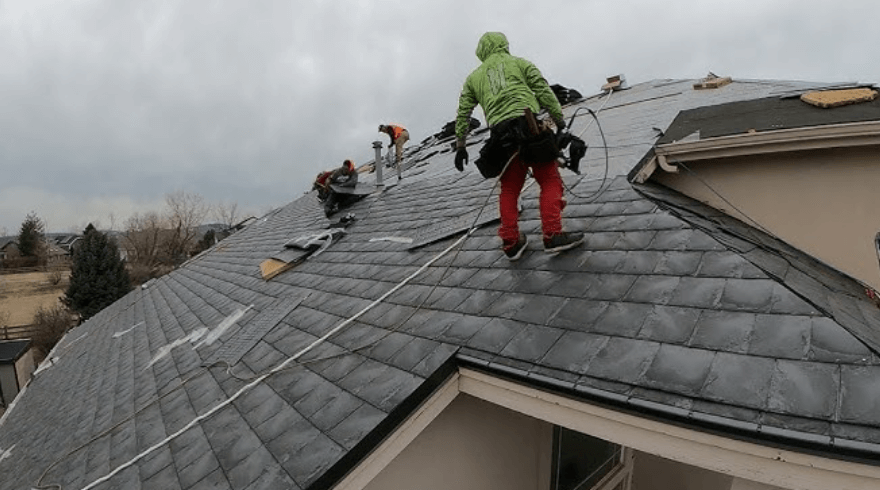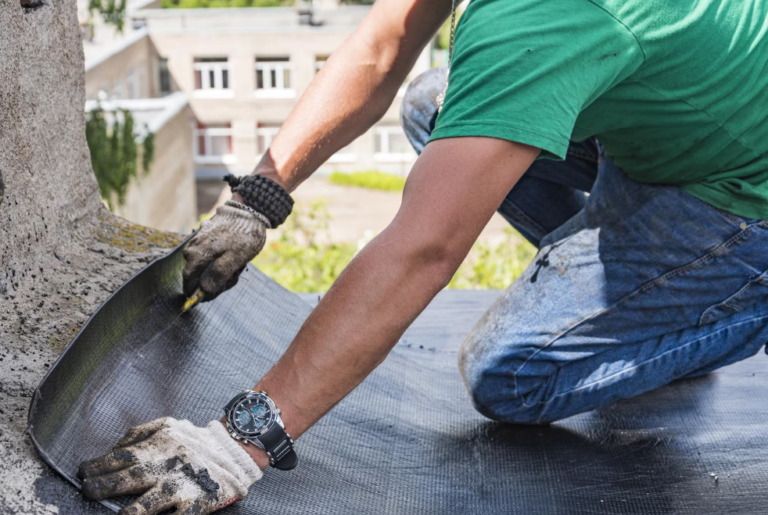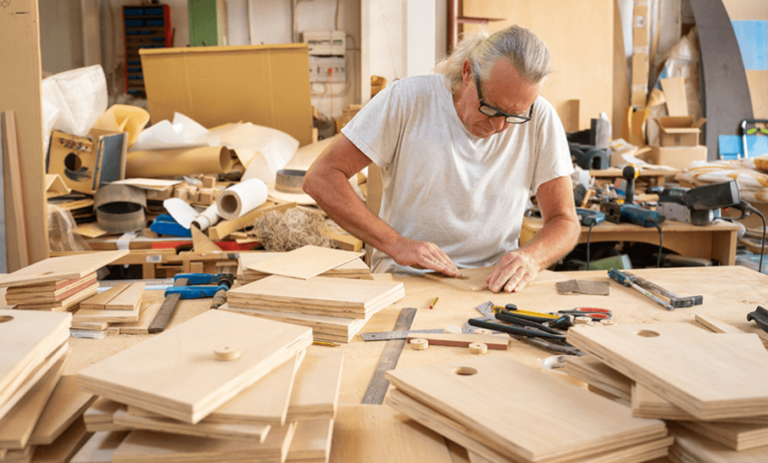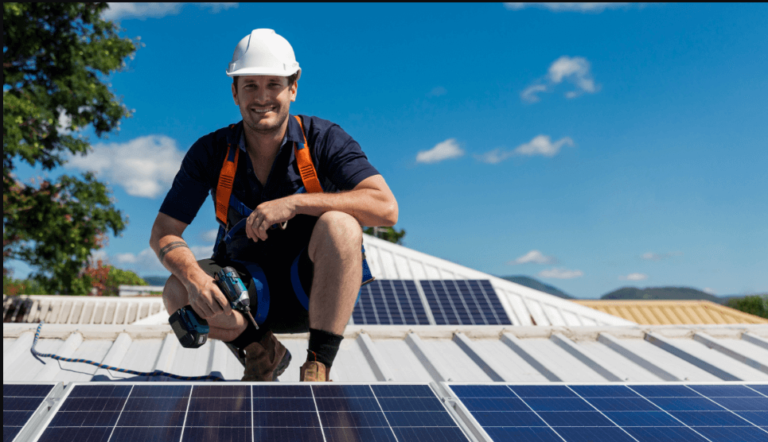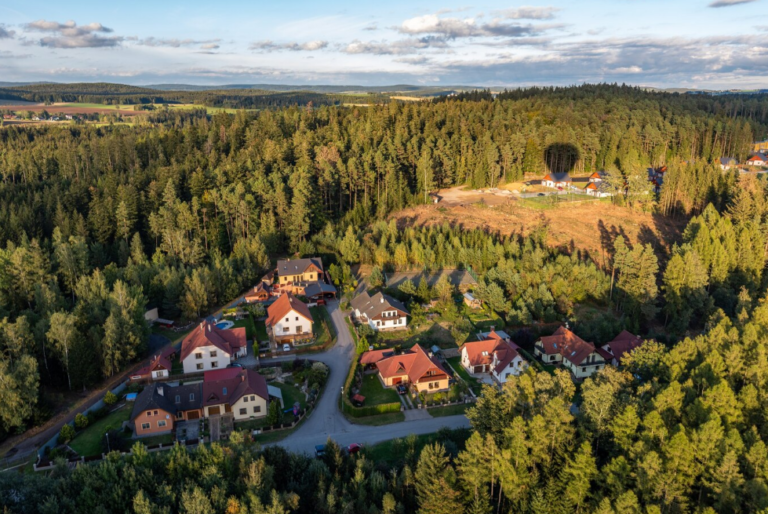Why More Calgary Homeowners Are Choosing Rubber Roofing
Rubber roofing Calgary is a tough, low-maintenance choice designed for hail, heavy snow and freeze-thaw cycles.
At Angel’s Roofing, our team installs EPDM and TPO with immaculate seams, reinforced edge detail and appropriate drainage for flat and low slope roofs.
Look forward to extended service life, improved energy efficiency and reduced leaks.
We use quality membranes and ensure absolute safety on site.
To find out more or arrange a free estimate, reach out to our Calgary team today for quick, transparent guidance.
Why Choose Rubber Roofing
Rubber roofing suits Calgary’s climate and building mix. It delivers long service life, superior weather performance, and reliable value for both homes and commercial locations.
Durability and Impact Resistance in Calgary Weather
Rubber roofing resists freeze-thaw swings, ice loads, chinook shifts and summer hail that we all experience throughout the city and foothills. A number of systems have a Class 4 impact rating, assisting to repel hail strikes that commonly bruise asphalt shingles.
Seams are few and flexible, so they stay tight when temperatures swing from deep cold to warm spells. With regular maintenance, rubber roofing lasts 20 to 50 years, and high-end products have the potential to go as far as 50 years.
Rubber is fire-resistant and sheds snow well on low-slope and flat roofs. For sloped homes in communities such as Tuscany or Auburn Bay, rubber shakes or tiles emulate cedar or slate but absorb impact better than stiff materials.
See also: Atlas Pro ONTV: The Evolution of Premium IPTV at Your Fingertips
Sustainable Materials and Low Maintenance
Rubber roofing is environmentally conscious with its content. Certain product lines contain up to 70% recycled tires and up to 95% recycled content.
It is 100% recyclable at end of life, keeping waste out of Alberta landfills. It needs little upkeep: no chemical treatments, minimal washing, and fewer repairs than asphalt.
Less tear-offs over decades reduce debris and truck emissions. For property managers downtown or in the Beltline, this translates into fewer service calls and more predictable budgets.
Energy Efficiency and Cost-Effectiveness
Rubber membranes and shingles provide strong insulation backing and sealed seams, which assist in limiting heat loss in the winter and lower cooling load during warm, sunny stretches.
Over time, this can reduce utility bills for Calgary residences and low-scale commercial spaces. Slate can last 100 years, and rubber provides a comparable appearance at a much lower CAD installed cost, in all sorts of profiles and colors to blend with local streetscapes.
With long life, hail resistance, and less maintenance, TCO frequently beats old-fashioned asphalt.
Euroshield: A Calgary Solution
One of the guys behind Euroshield is a rubber roofing system built in Alberta for Alberta weather. It has taken on hail, wind, freeze-thaw, and strong UV at our elevation with dependable results supported by a long lifespan.
What Euroshield Is and Why It Fits Calgary
Euroshield contains up to 95% recycled rubber, predominantly from tires, produced locally in Alberta. This minimizes transport miles and supports local jobs. An average roof keeps hundreds of tires out of landfills.
Its impact rating withstands up to 2 inches of hail. It sheds wind, seals well, and remains flexible in deep cold or summer heat. Here in Calgary, where hail and chinooks put the squeeze on most roofs, this counts.
Because service life often runs 50 years or more, owners do not have to deal with tear-offs and disruption on a regular basis.
Sustainability and Long-Term Value
Rubber roofing reduces waste during installation and at the end of its lifespan. Its high recycled content and local manufacture reduce its footprint.
Typically, over a 50-year lifespan, that is about $25,000 to $30,000 in lifetime cost, whereas multiple asphalt re-roofs can reach $30,000 to $45,000 with storms and aging.
Fewer repairs, fewer landfill trips, and fewer insurance headaches post hail are tangible wins for homeowners and businesses.
Professional Installation for Peak Performance
Angel’s Roofing applies Euroshield to the manufacturer’s specifications so you receive complete warranty and optimum weatherproofing. We condition the deck, control underlayment and flashing details, and fasten edges to withstand gusty prairie winds.
Our crews stage the work to keep sites clean and safe, and we document each step for transparent records. Customers receive direct answers about product lines, color selection, slope requirements, timelines and after-storm support.
Euroshield vs. Conventional Roofing
| Feature | Euroshield Rubber | Asphalt Shingles | Cedar/Shake | Metal |
| Hail resistance | Up to 2-inch hail | Often damaged | Prone to break | Good, can dent |
| Wind performance | Strong edge hold | Moderate | Variable | Strong |
| Lifespan | 50+ years | 15–25 years | 20–30 years | 40–50 years |
| Sustainability | ~95% recycled, local | Petroleum-based | Harvested wood | Recyclable |
| UV/temperature | Stable in extremes | Can dry/crack | Can warp | Stable |
| Lifetime cost | ~$25k–$30k | ~$30k–$45k | Higher upkeep | Higher upfront |
The True Cost in Calgary
Rubber roofing prices in Calgary are linked to product, work, and scheduling. Prices vary by season and spike after summer storms when crews fill up. Inflation and supply problems put pressure on rates.
Initial Investment vs. Asphalt
For a routine roof replacement in Calgary, the cost varies between $8,000 and $26,000, depending on size, pitch, access, and details such as skylights or chimneys. Asphalt shingles continue to be the economy favorite, with the majority of projects falling in the bottom half of that range and a 15 to 25 year life expectancy.
Euroshield rubber often begins above mid-grade asphalt but below high-end metal or slate and falls closer to the upper half of the Calgary average when profiles replicate shake or slate. Flat roofs cost about $14 to $18 per square foot or approximately $12,000 to $22,000 based on the size and scope.
Labor is a big line item in Calgary; a complex steep slope or downtown access can add days. A few insurers in Alberta provide credits for Class 4 impact resistance on rubber systems that can absorb some of the premium over asphalt.
Long-Term Savings and Risk
Rubber roofs reduce maintenance and repair visits as seams, fasteners, and edges resist hail and freeze-thaw. A lot of Euroshield systems survive two asphalt cycles, which tightens the bigger initial expenditure.
Workmanship is key. A bad install can reduce lifespan and void warranties. Fix leaks before they are replaced. See it as hidden water that can add thousands in deck repairs and interior damage next season.
Energy Efficiency in Calgary’s Climate
Euroshield’s mass and design help limit heat loss and solar gain, easing furnace and AC runtime. Combined with adequate attic insulation and venting, numerous Calgary homes enjoy reduced utility bills throughout the year.
The bonus comfort and noise insulation are consistent fringe advantages.
Factors Influencing Costs
- Material class and profile selected
- Roof size, slope, access, and complexity
- Labor market timing and storm surges
- Installer skill and warranty terms
- Hail and impact insurance discounts
- Maintenance frequency and repair costs
- Energy savings from better thermal performance
- Risk of existing leaks and deck repairs
Enhancing Your Home’s Look
Rubber roofing Calgary provides resilient style scope without sacrificing longevity. Style reigns for curb appeal and a roof establishes the character of the entire home.
What Styles and Colors Are Available
Rubber roof shingles are available in crisp profiles and deep relief cuts that mimic premium materials. Choose from slate-look tiles with sharp edges and cedar shake looks with split-grain texture.
Colors range from cool charcoal, pewter and ironstone to warm chestnut, weathered wood and deep espresso, so you can coordinate Tudor gables in Mount Royal, mid-century lines in Haysboro or modern builds in Mahogany.
Shake and slate styles are the most requested when owners desire an elegant, timeless appearance. They mimic designs Calgary homes have sported for decades and inject a crisper, more cohesive finish that boosts curb appeal and resale value.
Why Rubber Roofing Fits Different Architectural Styles
Design flexibility is important for infill homes and established neighborhoods with rigid codes. Rubber roofing allows you to match the profile to your façade, trim, and brick color.
Choose thicker shadow lines for steep-pitch Craftsmans or a flatter slate profile for contemporary low-slope highlights. Homeowners consider looks as much as service life.
Rubber provides both, so you don’t have to compromise between allure and function.
How Euroshield Delivers a Sleek, Lasting Finish
Euroshield products maintain a sleek, even facade and sharp shadow lines, even after years of sun, hail, chinooks and freeze-thaw cycles. The surface resists fading and curling, so the roof keeps its depth and color.
That steadiness in turn helps metal accents, eaves, and siding stay visually aligned, which keeps the full exterior looking sharp for years to come.
Where Visual Proof Helps Decisions
Display a gallery featuring before-and-after images from Calgary projects: heritage bungalows in Inglewood, two-storeys in Nolan Hill, lake homes in Auburn Bay.
Side-by-side frames highlight how a slate-look rubber roof straightens rooflines, evens color and increases curb appeal. Include close-ups of ridge caps, valleys and eaves to show texture, fit and fasteners so buyers see beauty as well as build quality.
The Installation Process
Calgary rubber roofing is most effective when installed thoughtfully, methodically, and to code. We at Angel’s Roofing schedule for local weather, roof access, and safety prior to the first roll being pulled.
The installation process includes several key steps:
- Site review and measurement, deck moisture scan and code check
- Confirm scope, set project timeline once payment is finalized
- Material staging: EPDM rolls (about 2.1 to 3.4 lbs per square foot), primers, adhesives
- Tear-off (if necessary) – Deck repair
- Slope verifications
- Cleanup
- Install insulation and cover board for a smooth, dry substrate.
- Install EPDM sheets, seam up and adhere with low-temp-safe-com.
- Heat-weld or tape seams, secure corners, edges, and penetrations.
- Flash parapets, curbs, skylights, and drains to spec
- Add terminations, perimeter metal, and sealant
- Quality control, water test at drains, and final inspection
- Site cleanup, waste haul, and warranty handoff
Installation done right by trained installers is not a nice-to-have; it’s what keeps the roof completely watertight in wind, hail, and freeze-thaw. You’ve got the right insulation, the right manufacturer, and the right warranty.
Corners and edges, typically the first points of failure, are strengthened upon install to prevent capillary leaks and uplift. EPDM remains pliable in the cold, making winter installs possible when other products become brittle, keeping Calgary projects on track. Being 100% up to code locally is good for your safety, your insurance, and even your resale value.
Rubber roof installs quick, not a lot of disruption. EPDM is light, so it flies through the site and you can install systems up to 4.6 times faster than conventional techniques.
Significantly, for the majority of homes and even many low-slope commercial roofs, that translates to reduced crane time, reduced crew hours on site, and reduced downtime.
Homeowner prep checklist:
- Clear driveway and roof access
- Move patio items and cover attic contents
- Confirm power supply and parking
- Review start/finish times and contact
- Secure pets and notify neighbors
- Understand debris plan and final inspection steps
A final inspection checks workmanship and backs our satisfaction guarantee.
Beyond the Obvious Benefits
Rubber roofing Calgary is about more than just protecting your property from leaks. It suits our climate, facilitates efficiency, and works well with today’s home and commercial building retrofits.
Environmental Benefits: Recycled Content and Lower Footprint
Manufactured with as much as 95 percent recycled tires, rubber roofing redirects waste from landfills and reduces carbon emissions associated with virgin materials. It reduces landfill waste during the process and produces products that are 100% recyclable at the end of life.
As part of Calgary’s green building push, this assists projects in meeting sustainability targets without any tradeoffs in performance. There are real energy improvements for homes and businesses as well. Rubber membranes reflect UV, limit heat transfer, and can reduce HVAC energy consumption by 10 to 20 percent.
A number of owners cite cooler interiors during summer heat waves, which is no small deal during Chinook swings on the Prairies.
Impact and Weather Protection That Matches Calgary’s Climate
Rubber roof resists hail, high UV, freeze-thaw, and wind. The material’s elasticity mitigates and absorbs hail strikes and resists cracking. Certain systems are tested to wind speeds approaching 273 km/h.
That degree of wind protection aids in exposed locations near the Bow River valley and the foothills. The dense surface eliminates noise from rain, hail, traffic, and equipment, enhancing comfort in both residential and light industrial spaces.
With inherent weathering resistance, rubber frequently escapes the yearly treatments typical of cedar shakes, reducing maintenance and contamination.
Ready for Solar, Snow Control, and Green Roof Systems
Rubber membranes play well with solar racking, snow guards, and lightweight green roof assemblies. The right mounting hardware and flashing kits work well with EPDM and TPO, keeping penetrations watertight.
Snow guards assist with sliding snow on pitched areas and solar arrays can take advantage of cool roof temperatures that aid panel output. On flat roofs, root barriers and drainage mats layer on top of rubber to construct planted areas, contributing to stormwater management and urban heat mitigation.
Maintenance That Protects Lifespan and Value
Schedule seasonal inspections, clean drains, reseal flashing, and check seams after big storms. Tend to little holes quickly to maintain the integrity of the network.
Just maintain a basic log with photos and have a pro review once every year or two. In Calgary, this practice maintains efficiency, prolongs engine life, and maintains warranty coverage.
Conclusion
Rubber roofing Calgary Hail comes on hard. Chinooks bring quick temperature swings. A hard roof reaps benefits. Euroshield ticks those boxes. Longevity. Excellent hail rating. Nice clean look that fits most blocks around town.
Angel’s Roofing has 25 years on Calgary roofs. Safe crews ensure work goes faster. Quotes remain bright. No armchair engineering exists. We direct product selections from Ranchlands to Mahogany. We plan vents, ice, and drainage. We clean up the site.
Want figures before you design? Request a free quote. Need a fast roof check post-storm? Schedule a quick visit. Give Angel’s Roofing a call, or drop a line online. Schedule a time that works. Get no-nonsense advice. Need a rubber roof built for Calgary?
